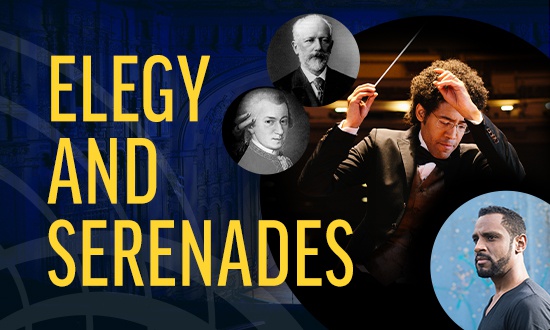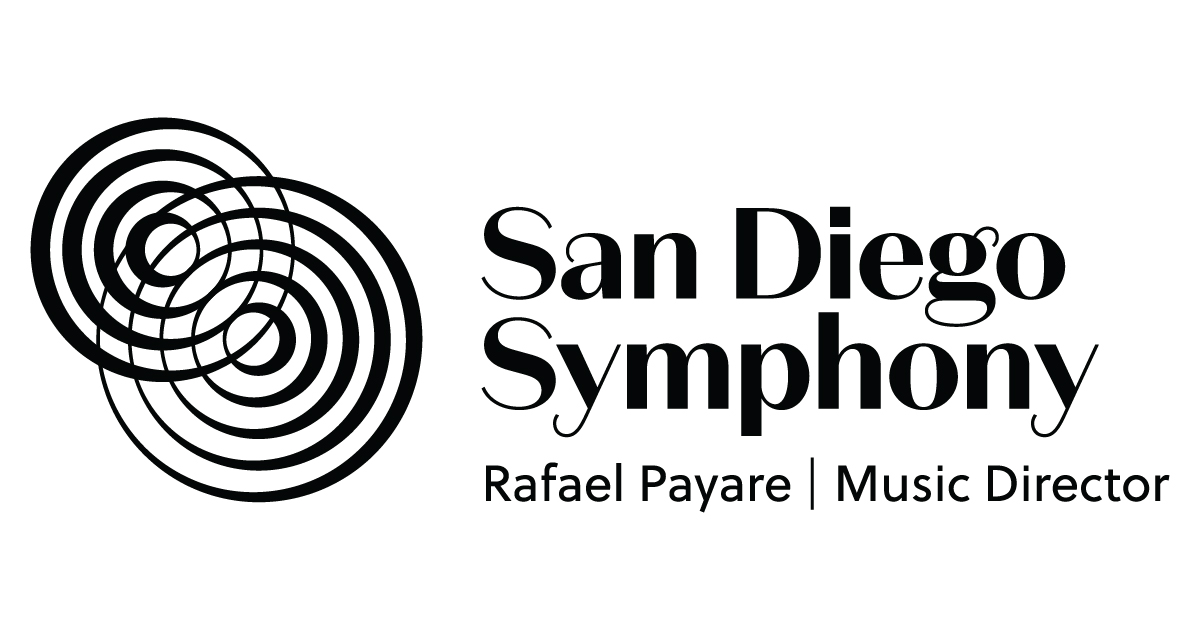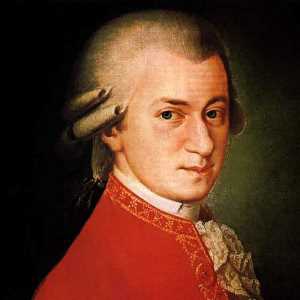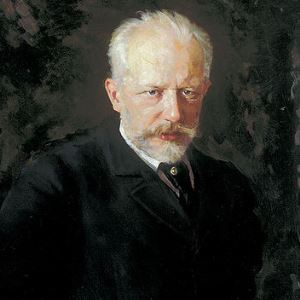
An In-Concert meditation on the unjust loss of life and
the power of commemoration and hope.
"ELEGY AND SERENADES"
STREAMS FRIDAY, FEBRUARY 26 @ 7PM PST!
Music Director Rafael Payare leads the orchestra in "Elegy and Serenades". Written in memory of Trayvon Martin, Eric Garner and Michael Brown, the San Diego Symphony opens the evening with Carlos Simon's Elegy: A Cry from the Grave in a piece dedicated to reflection and commemoration of lives lost. The woodwinds shine in Wolfgang Amadeus Mozart's Serenade No. 12 for Winds in C minor, and Piotr Tchaikovsky pays loving homage to Mozart's style in his own Serenade – but this time for Strings, and keyed in a more carefully hopeful C Major.
The San Diego Union-Tribune has just published a feature on composer Carlos Simon, his career and how he came to compose "Elegy".
San Diego Symphony Orchestra
Rafael Payare, conductor
COMPLETE PROGRAM:
CARLOS SIMON: Elegy: A Cry from the Grave
MOZART: Serenade No. 12 for Winds in C minor, K. 388
TCHAIKOVSKY: Serenade for Strings in C Major, Op. 48
PROGRAM NOTES:
Elegy: A Cry from the Grave
CARLOS SIMON (Born 1986)
Carlos Simon received his doctorate from the University of Michigan, where he studied with Michael Daugherty and Evan Chambers. Simon won the 2021 Sphinx Medal of Excellence, which recognizes talent among Black and Latinx musicians; he was also named a Composer Fellow at the Cabrillo Festival of Contemporary Music and the winner of an American Composers Orchestra’s Emerging Composer Commission.
The composer has furnished an introduction to Elegy:
This piece is an artistic reflection dedicated to those who have been murdered wrongfully by an oppressive power; namely Trayvon Martin, Eric Garner and Michael Brown. The stimulus for composing this piece came as a result of prosecuting attorney Robert McCulloch announcing that a selected jury had decided not to indict police officer Daren Wilson after fatally shooting an unarmed teenager, Michael Brown, in Ferguson, Missouri.
The evocative nature of the piece draws on strong lyricism and a lush harmonic charter. A melodic idea is played in all the voices of the ensemble at some point of the piece either whole or fragmented. The recurring ominous motif represents the cry of those struck down unjustly in this country. While the predominant essence of the piece is sorrowful and contemplative, there are moments of extreme hope represented by bright consonant harmonies.
(-Carlos Oliver Simon, Jr., 2015)
Serenade No. 12 for Winds in C minor, K. 388
WOLFGANG AMADEUS MOZART (1756-91)
Mozart wrote this Serenade No. 12 for Winds in C minor in July 1782. Mozart’s serenades usually had a “social” function: they were intended as background music for festive occasions, sometimes held outside, and as such tended to be light. It is hard to imagine how this seething music could have been intended as background music for anything. Mozart omits some of the lighter movements common to serenades, and the resulting four-movement structure is dark, somber in sonority, and dramatic in gesture.
The powerful beginning of the Allegro simply moves up the notes of a C-minor chord, and the movement takes its character from this stark opening. Even the flowing second theme does little to dispel the fierce mood – this is passionate, urgent music, full of explosive accents and often chromatic in its development. By contrast, the peaceful Andante develops by repetition; its themes grow more complex with each restatement.
The third movement contains some extraordinary music. The minuet is in canon, with the trailing voice only a measure behind the lead. Mozart marks the trio section “in canone al roverscio,” which means not “in reverse,” but upside down. It is again a simple canon, but this time the trailing voice is inverted. Despite Mozart’s learned counterpoint, the movement never sounds labored.
The theme-and-variation finale returns to the key and the atmosphere of the first movement, and the variations become more dramatic and dissonant as the movement proceeds. At the very close, though, Mozart moves to radiant C Major for the coda and the concluding fanfares.
Serenade for Strings in C Major, Op. 48
PETER ILYICH TCHAIKOVSKY (1840-93)
Tchaikovsky composed the Serenade for Strings in the fall of 1880. The Serenade got its start, he said, as something in between a string quartet and a symphony and eventually turned into a four-movement serenade for string orchestra.
Tchaikovsky noted that he intended the first movement as homage to one of his favorite composers: Mozart. The powerful descending introduction gives way to the Allegro moderato, based on two subjects: a broadly-swung melody for full orchestra and a sparkling theme for violins. Tchaikovsky brings back the introductory theme to close out the movement.
The second movement is one of Tchaikovsky’s finest waltzes. It grows more animated as it proceeds, then falls away to wink out on two pizzicato strokes. The mood of the Elegie never becomes tragic, but the depth of feeling with which this Larghetto elegiaco unfolds makes it the emotional center of the entire work. The finale has a wonderful beginning. Very quietly the violins play a melody based on a Russian folk tune, reputedly an old hauling song from the Volga River, and suddenly the main theme bursts out and the movement takes wing. This Allegro con spirito theme is closely related to the introduction of the first movement, and at the end Tchaikovsky deftly combines these two themes.
(Program notes by Eric Bromberger)





